In 2020-’21, the year the Covid-19 pandemic and related lockdowns hit India, enrollment in government schools increased by 3% from 13.1 crore in 2019-20 to 13.5 crore in 2020-’21, and enrollment in private schools dropped by over 30 lakh from 9.82 crore in 2019-’20 to 9.51 crore in 2020-’21, show the latest government data.
Overall, school enrollment dropped by 0.03% from 26.45 crore in 2019-’20 to 26.44 crore in 2020-’21.
This is because of the economic slowdown caused by the pandemic, which severely impacted incomes, especially of those from economically disadvantaged backgrounds, retrenchment of teachers, especially in low-fee private schools that were unable to operate during the pandemic and the inability of private schools to provide digital access for education, experts say.
This drop in private school enrollment is a change from the pre-Covid-19 trend in enrollment. Over five years to 2019-’20, enrollment in government schools had declined by 1.5 crore, and 1 crore more students enrolled in private schools, according to data from the government’s Unified District Information System for Education.
IndiaSpend has reached out to the Union education secretary for her comments on the falling enrolment in private schools and the increasing enrolment in government schools. The story will be updated when we receive a response.
Shift across states
This shift in enrollment is present across states. Among the 18 large states, government school enrolment grew the most in Andhra Pradesh (14%), and private school enrolment reduced the most (-13%). Private school enrolment dropped 8% in Tamil Nadu and Himachal Pradesh and 7% in Gujarat and Haryana.
IndiaSpend has reached out to the Andhra Pradesh education secretary as well as the state’s Commissioner of School education on the reasons for the change in enrollment, and whether there are plans to increase funding and support to the public education system in the state. We will update the story when we receive a response.
There were some exceptions to the trend. In Odisha, government school enrolment dropped by 5%, with a corresponding 9% increase in private school enrolment. In West Bengal, while enrolment went up in both government and private schools, the increase was steeper in private schools.
Overall school enrolment declined slightly in both private as well as government schools in Madhya Pradesh, Maharashtra and Uttarakhand.
Unaffordable private schools
The economic slowdown due to the pandemic severely impacted the livelihoods of households, especially of those from economically disadvantaged backgrounds. This meant that many households could not afford private schools, despite the majority of private schools in India being low-cost.
“While there are no national studies explaining this shift from private to government schools,” anecdotal evidence suggests that with the “loss of family income among households, affordability of private sector fees has been difficult”, said Kiran Bhatty, a senior visiting fellow at the Centre for Policy Research, and previously the national coordinator for the Right To Education Act at the National Commission for Protection of Child Rights.
During 2017-’18, average household expenditure per student in private-unaided schools was six times higher than that in government schools, show calculations based on the latest estimates from the National Sample Survey.
A study conducted across five states during 2020 found that nearly half of the surveyed parents sending their children to private schools spent 20% of their income on school fees and 39% of the parents reported a hike in school fees. Many parents were pressured to make school fee payments and were charged fees for uniforms despite schools being closed during the pandemic.
Private schools could not provide for the extra digital support needed by some students as they shifted to online and digital platforms, Bhatty explained. The other reason for lower private school enrolment is the retrenchment of teachers, especially in low-fee private schools, because schools were unable to pay teachers, leading to a further attrition of students, Bhatty said.
source: scroll.in

